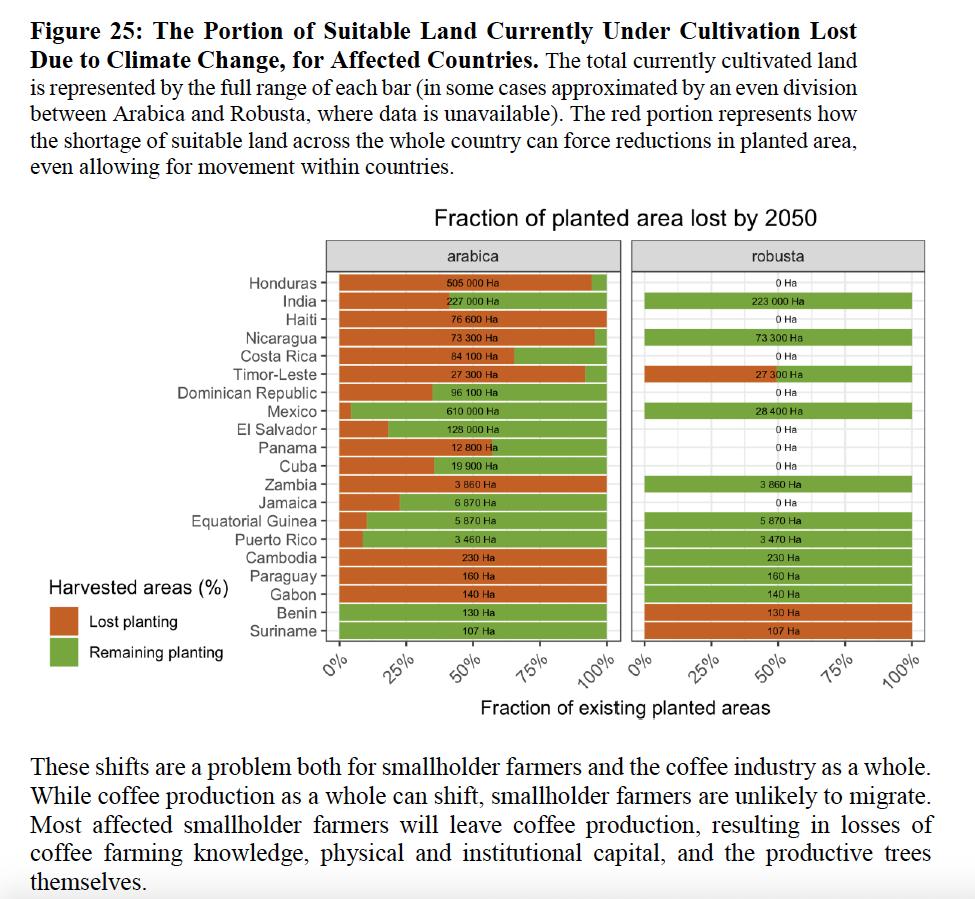
🚨Just Published🚨
A white paper by @lal_rattan & @acharyaumesh7 on: "Carbon Accounting for Coffee-Based Farming Systems"
This paper provides guidelines for rethinking coffee carbon accounting and synthesizes current information on the topic.
Read More:
worldcoffeeresearch.org/work/carbon-ac…
A white paper by @lal_rattan & @acharyaumesh7 on: "Carbon Accounting for Coffee-Based Farming Systems"
This paper provides guidelines for rethinking coffee carbon accounting and synthesizes current information on the topic.
Read More:
worldcoffeeresearch.org/work/carbon-ac…
@lal_rattan @acharyaumesh7 There are limited studies on the carbon footprint (CFP) of coffee. The published literature demonstrates that coffee production (even with shade & organic systems) produces net carbon emissions. However, CFP ranges vary widely due to the use of different methodologies and tools.
@lal_rattan @acharyaumesh7 Most coffee CFP calculations omit key components that are critical to accurately assessing the CFP for coffee. Using a proposed new accounting system that includes missing components will result in more accurate figures than prior existing carbon estimation tools would generate.
@lal_rattan @acharyaumesh7 A revised approach to calculating carbon footprints that takes into account missing factors would provide coffee growers and roasters an improved protocol for identifying the best management practices for growing coffee.
• • •
Missing some Tweet in this thread? You can try to
force a refresh






